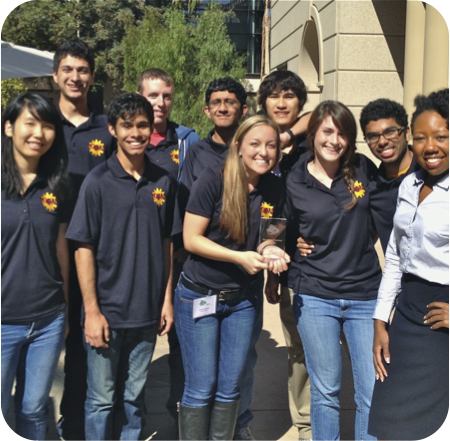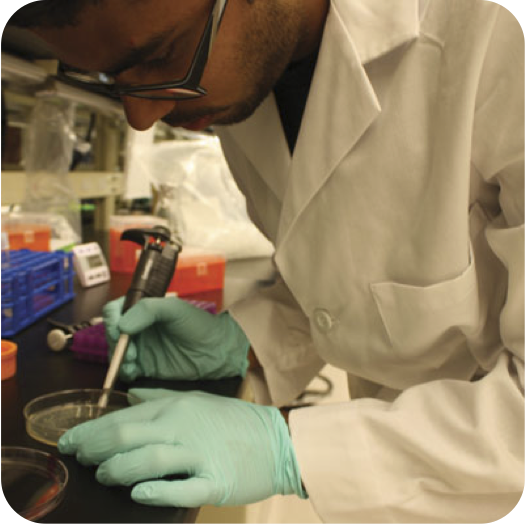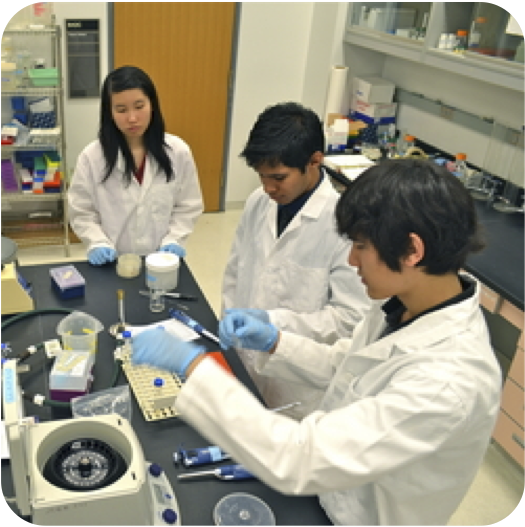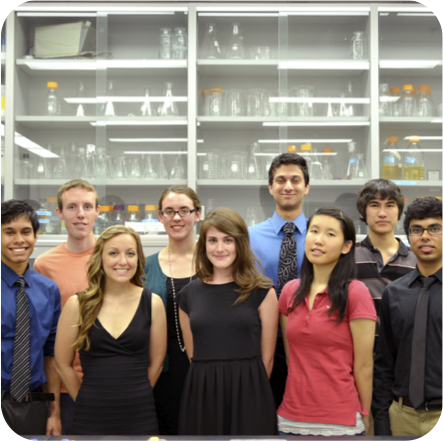Team:Arizona State/Media
From 2012.igem.org
In the News
The ASU iGEM team and our individual members have been featured in these news articles. Our activities are bringing more awareness of iGEM and Synthetic Biology to the Southwest.
 | 10.19.12 Student team wins gold in synthetic biology competition
|
 | 09.20.12 [http://www.statepress.com/2012/09/20/students-create-biosensor-to-detect-water-contamination Students create biosensor to detect water contamination]
|
 | 09.14.12 [http://sciencecareers.sciencemag.org/career_magazine/previous_issues/articles/2012_09_14/caredit.a1200103 Must a paper trail be paper?]
|
 | 09.10.12 Students create low-cost biosensor to detect contaminated water in developing nations
|
 | 09.09.12 ASU team vying for shot at synthetic biology championship
|
 | 09.07.12 [http://inhabitat.com/arizona-state-students-develop-low-cost-biosensor-to-detect-contaminated-drinking-water/ Arizona State Students Develop Low-Cost Biosensor to Detect Contaminated Drinking Water]
|
 "
"


